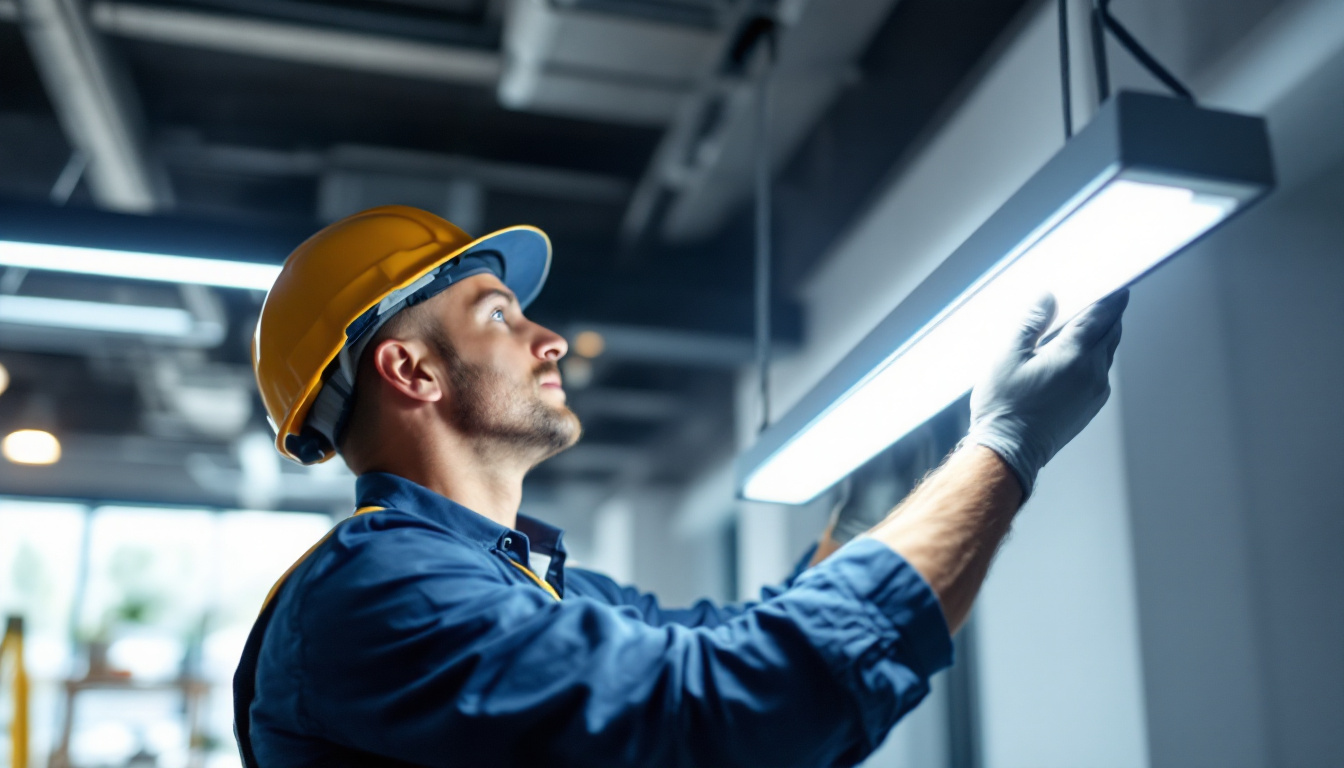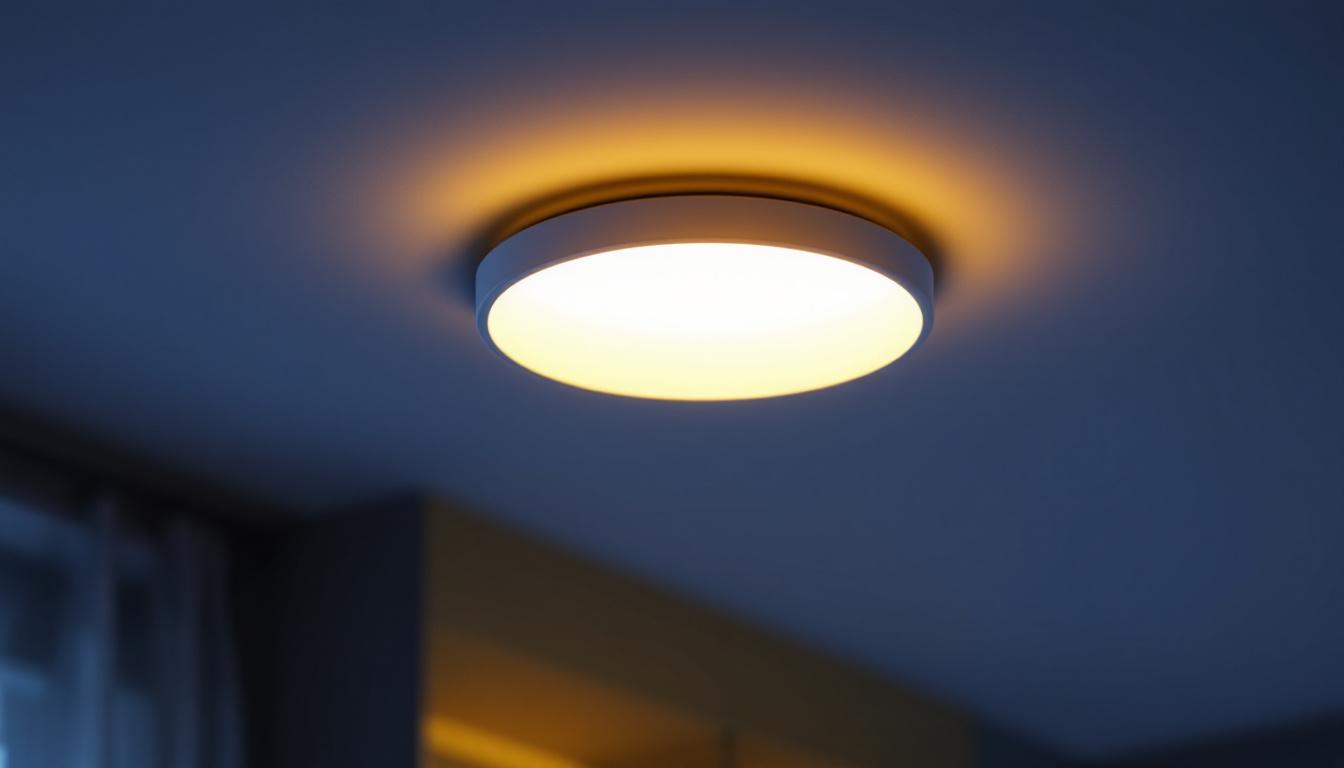
Lighting contractors play a crucial role in enhancing outdoor spaces, and with the rising demand for sustainable solutions, solar lamps have become a popular choice. However, while these energy-efficient lighting options offer numerous benefits, they also present unique challenges that contractors must navigate. This article delves into the best solar lamps available and the top challenges faced by lighting contractors in the industry.
Solar lamps harness the energy of the sun to provide illumination, making them an eco-friendly alternative to traditional lighting solutions. They typically consist of solar panels, batteries, LED lights, and a control system. Understanding how these components work together is essential for lighting contractors to effectively recommend and install solar lamps.
The primary components of solar lamps include solar panels that capture sunlight, batteries that store the energy, and LED lights that provide illumination. The efficiency of each component significantly influences the overall performance of the solar lamp. Contractors must be well-versed in the specifications and capabilities of these components to make informed decisions.
Additionally, the control system plays a vital role in regulating the operation of the lamp. It often includes features such as motion sensors, timers, and dimming capabilities, which can enhance the functionality of solar lamps. Understanding these features allows contractors to tailor solutions to meet the specific needs of their clients. For example, motion sensors can be particularly useful in security applications, as they ensure that lights only activate when movement is detected, conserving energy and extending battery life. Furthermore, timers can be programmed to turn lights on and off at specific times, providing convenience and efficiency for homeowners.
Solar lamps come in various types, including pathway lights, floodlights, and decorative lanterns. Each type serves different purposes and is designed for specific applications. For instance, pathway lights are ideal for illuminating walkways, while floodlights can provide security lighting for larger areas.
Contractors should consider the intended use and aesthetic preferences of their clients when recommending a particular type of solar lamp. This knowledge not only helps in selecting the right product but also enhances customer satisfaction. Moreover, decorative lanterns can add a charming ambiance to gardens and patios, making them perfect for outdoor gatherings. Some solar lamps even come with customizable color options, allowing homeowners to change the hue of the light to match different occasions or moods. By offering a variety of choices, contractors can ensure that clients find the perfect solar lighting solution that complements their outdoor spaces while being environmentally friendly.
While the benefits of solar lamps are apparent, contractors often face several challenges during installation. From site assessment to technical limitations, understanding these challenges is crucial for successful project execution.
One of the primary challenges in installing solar lamps is conducting a thorough site assessment. The effectiveness of solar lamps depends largely on their placement and exposure to sunlight. Factors such as surrounding trees, buildings, and other obstructions can significantly impact the amount of sunlight the solar panels receive.
Contractors must evaluate the site carefully to determine the optimal locations for solar lamps. This may involve measuring sunlight exposure throughout the day and considering seasonal changes in sunlight availability. Proper site assessment ensures that the solar lamps will function efficiently and provide adequate illumination. Additionally, contractors may need to engage with local zoning regulations and community guidelines, which can dictate where solar installations are permissible. Understanding these local rules can prevent potential delays and ensure compliance, making the installation process smoother.
The performance and longevity of the batteries used in solar lamps can also pose challenges. Factors such as temperature fluctuations, charging cycles, and battery quality can affect how well the lamps operate. In colder climates, for instance, battery efficiency may decrease, leading to shorter illumination times.
Contractors should educate clients about the importance of selecting high-quality batteries and the potential need for replacement over time. Providing information about maintenance and care can also help clients maximize the lifespan of their solar lamps. Furthermore, advancements in battery technology are continually emerging, such as lithium-ion batteries that offer longer life spans and improved performance in various weather conditions. Keeping clients informed about these innovations can enhance their satisfaction and confidence in solar technology.
Solar lamps, while innovative, may have technical limitations compared to traditional lighting systems. For instance, the brightness of solar lamps can vary based on the amount of sunlight received, which may not meet the expectations of some clients. Additionally, the range of solar lamps may be limited in terms of wattage and lumens compared to conventional options.
Contractors must set realistic expectations for clients regarding the performance of solar lamps. By providing clear information about the capabilities and limitations of these products, contractors can foster trust and ensure customer satisfaction. Moreover, the integration of smart technology into solar lamps is becoming increasingly popular, allowing for features such as motion sensors and remote control. Educating clients about these advancements can not only enhance their experience but also highlight the evolving nature of solar technology, making it a more attractive option for modern lighting solutions.
Maintenance is a critical aspect of ensuring the longevity and efficiency of solar lamps. Unlike traditional lighting systems, solar lamps require different care and attention, which contractors should communicate to their clients.
Solar panels need to be kept clean to function effectively. Dust, debris, and snow can accumulate on the panels, obstructing sunlight and reducing charging efficiency. Contractors should advise clients to regularly inspect and clean the solar panels to maintain optimal performance.
In addition to cleaning, regular inspections of the entire solar lamp system are essential. This includes checking for any physical damage, ensuring that the batteries are functioning properly, and verifying that the LED lights are operational. A proactive maintenance approach can prevent minor issues from becoming major problems.
As mentioned earlier, the lifespan of batteries in solar lamps can vary. Contractors should inform clients about the typical lifespan of the batteries used in their solar lamps and the signs that indicate a need for replacement. Offering battery replacement services can also enhance customer satisfaction and loyalty.
Moreover, as technology advances, newer battery options may become available that offer better performance and longer lifespans. Contractors can provide clients with upgrade options to ensure that their solar lamps continue to meet their lighting needs effectively.
Lighting contractors must also navigate various regulatory and compliance challenges when installing solar lamps. Understanding local codes and regulations is essential for ensuring that installations are safe and legal.
Many municipalities have specific building codes and permitting requirements for outdoor lighting installations. Contractors must be familiar with these regulations to avoid potential fines or project delays. This may involve obtaining permits, adhering to zoning laws, and ensuring that installations comply with safety standards.
Staying updated on local regulations can be time-consuming, but it is a necessary step to ensure that projects are completed smoothly. Contractors who build strong relationships with local authorities can often navigate these challenges more effectively.
As solar lamps are considered environmentally friendly, there may be additional regulations related to their installation and use. Contractors should be aware of any environmental assessments that may be required, especially in areas with protected wildlife or ecosystems.
Understanding these regulations not only helps contractors avoid legal issues but also positions them as responsible and knowledgeable professionals in the eyes of their clients.
Effective communication with clients is vital for the success of solar lamp installations. Educating clients about the benefits, limitations, and maintenance of solar lamps can lead to more informed decisions and greater satisfaction.
One of the most important aspects of client education is setting realistic expectations regarding solar lamp performance. Clients may have preconceived notions about solar lamps based on marketing materials or personal experiences, which may not align with the actual capabilities of the products.
Contractors should take the time to explain how solar lamps work, the factors that influence their performance, and the maintenance required to keep them operational. Providing clear, honest information can help clients make informed choices and reduce the likelihood of dissatisfaction.
In addition to educating clients about performance, contractors should also highlight the long-term value of solar lamps. While the initial investment may be higher than traditional lighting options, the energy savings, reduced maintenance costs, and environmental benefits can make solar lamps a cost-effective choice over time.
By demonstrating the value of solar lamps, contractors can help clients see beyond the upfront costs and appreciate the long-term benefits of their investment.
Solar lamps represent a significant advancement in outdoor lighting, offering energy efficiency and environmental benefits. However, lighting contractors face various challenges in their installation and maintenance. From site assessment and battery performance to regulatory compliance and client education, understanding these challenges is crucial for successful project execution.
By staying informed about solar technology, maintaining open communication with clients, and navigating regulatory requirements, contractors can effectively overcome these challenges and provide high-quality solar lamp installations. As the demand for sustainable lighting solutions continues to grow, contractors who embrace these challenges will position themselves as leaders in the industry.
Ready to tackle the challenges of solar lamp installation and maintenance with confidence? At LumenWholesale, we support lighting contractors like you by providing top-quality, spec-grade solar lamps and lighting products at unbeatable wholesale prices. Say goodbye to local distributor markups and hello to our extensive selection that meets the highest industry standards. With free shipping on bulk orders, you can equip your projects with premium, high-performance lighting solutions at the best value. Elevate your outdoor lighting game and experience the perfect blend of quality, affordability, and convenience. Take the next step and explore our Wholesale Lighting at the Best Value today.

Discover the essential role 4 ft LED light fixtures play in modern lighting projects.

Discover essential tips and expert insights for lighting contractors on effectively utilizing 4-foot LED lights.

Discover how surface mount recessed lights are revolutionizing the lighting industry for contractors.

Discover how Leviton DD0SR is revolutionizing lighting design and installation with smarter, energy-efficient solutions.